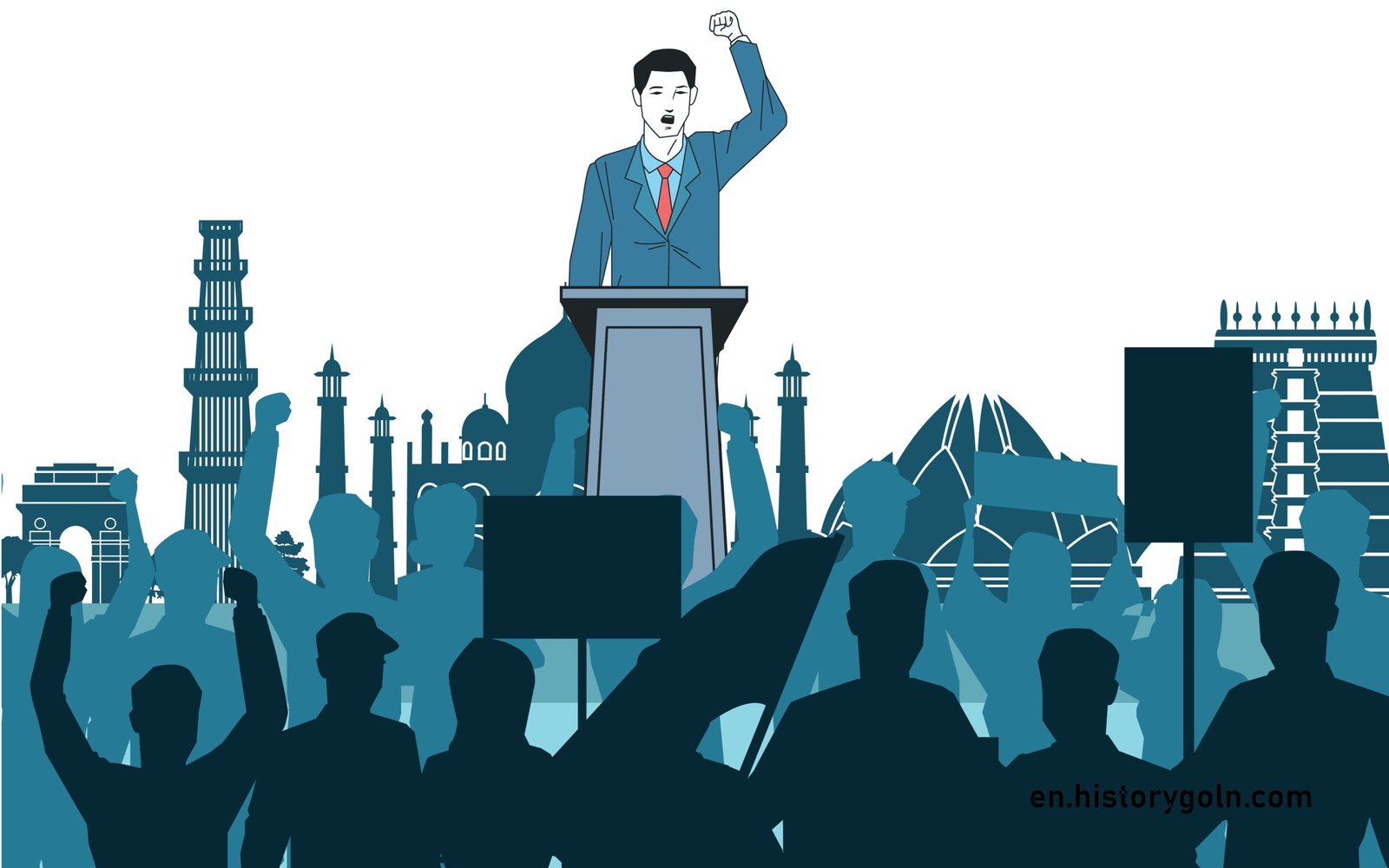Today is our topic of discussion Anowara Analysis Of Novels .
Anowara Analysis Of Novels

Anowara is a novel published in the year 1914. The novel depicts the various facets existing in the Bengal Muslim society in the early twentieth century which was a transitional phase. Although my study begins from the year 1918, the significance of the novel cannot be overlooked. The novel serves as a kaleidoscope through which one can get a clear picture of the Muslim society in rural Bengal in the early twentieth century.
The novelist, Mohammad Najibur Rahman (1860-1923) hailed from Pabna. He was a teacher by profession and most of his life was spent in the village. He was associated with politics but never seriously involved in any movement. His first book Bilati Barjan Rahashya (Mystery Behind the Swadeshi Movement) written in 1905, was based on the Swadeshi movement in Bengal.2 The book was banned by the British government.
Najibur Rahman had attended the founding meeting of the Muslim League in Dacca in 1906 but had never participated actively in politics. He wrote several novels of which Anowara (1914) and Goriber Meye (1923) are worth-noting. He was a popular novelist in his times mainly in the rural and semi-urban Bengali Muslim society. His novels were mostly didactic and were based on rural social life of the Bengali Muslims.
Anowara is mainly a novel based on love and marital relationship between the heroine of the novel named Anowara (String of Stars) and her husband Nurul Islam, an educated jute merchant.6 The novel gives an insight into the Muslim society in rural Bengal when various changes and developments had been taking place both at urban and rural levels.
There existed in rural Bengal, social stratification, ashraf – atrap distinction, the flexibility of such stratification through upward social mobility, the social hierarchy and the cultural distinction between the so-called respectable society, i.e. the ashrafs or the richer peasants belonging to the upper strata and the atraps, the landless or poorer peasants, upholding the local peasant culture.7 The novel also exposes the condition of education and economy. social evils, conservativeness, existing taboos and the syncretic influence in the rural Muslim community.
Pabna, the district where the novelist was born and the background of the novel set, was historically a significant place. It was mainly a Muslim majority district, comprising about 75% of the population there, most of them being peasants.8 There was strained relationship between the peasantry and the landlords. There was constant peasant unrest. The Pabna Revolt (1872-73) was an example of serious peasant uprising in the region.
By the late nineteenth century there was widespread jute cultivation in the district 10 Most of the peasants cultivated jute and jute trading was the main economic activity in the region. Agents from Calcutta, both non- Bengali and European, appointed local traders to collect jute from peasant farms and those were sent to Calcutta. Belgaon, mentioned in the novel was an important port, handling jute exportation and a busy jute trading centre.
Nurul Islam, the central character in the novel, was employed as the chief agent for the Belgaon Jute Company, who bought jute from various peasants in the locality and the outskirts and sent the jute to Calcutta 11 There was, therefore, constant contact with Calcutta, the great metropolis, Jute was brought from Pabna, pressed into bales and sent by rail or steamer from the Belgaon port to Calcutta 12 Most of the agents employed in the rural markets were literate youths, coming mainly from the smaller gentry.
The novel is set on the background of the First World War (1914- 1919). The war had affected the economy and there was a serious slump in the jute market. Jute price reached its lowest level in those years. The rural gentry involved in this trade shifted to other jobs, like teaching and services in government offices.
This shift had however started by the beginning of the twentieth century when the educated Muslim youths in the countryside were discontented by the economic situation, the Swadeshi movement and non-co- operation and were drawn to various professions, 14 In the novel, Nurul Islam, after his ordeal in a false theft case and his mental suffering for suspecting his wife of inchastity, takes up the career of independent business at the advice of his wife, with whom he had started a happy marriage life after his discovery that his suspicion was false.
Najibur Rahman personally preferred that Muslim youths in Bengal should get more interested in trade and commerce 16 Besides, getting higher education and going for jobs, they should also get interested in doing business.
The emerging English-educated Muslim youths in Bengal in the early twentieth century had to face tough competition for jobs with the Hindu candidates, who in most cases, were comparatively better qualified. The author of the novel encouraged higher education for Muslim youths and also advocated female education. He was a very progressive writer in his times. He had repeatedly expressed the need for English education and female education for the Muslims of Bengal.
In Anowara, the hero of the novel, Nurul Islam, when proposed by his elders for marriage, preferred tomarry an educated girl. There was tendency, which is still existing in the present society, that a girl of fair complexion and of higher class or ashraf family is more preferred for marriage.
But, it is significant to note that Nurul Islam was determined to marry an educated girl and refused to marry any girl of higher social status even if she was pretty 18 Nurul Islam chose to marry Anowara because she had education and made an independent decision disregarding the customary tradition. Nurul Islam was the epitome of the emerging modern Muslim youth.
Anowara, the heroine of the novel, gives the image of the “new woman” emerging in the early decades of the twentieth century in the Bengali Muslim Society 19 She is portrayed in the novel as a sharif girl, married at sixteen but had received a fairly good education. Anowara was born in a well-to-do peasant family, married to an educated person, became a model wife and house-keeper and eventually accepted in the rural society as a sharif woman.
This transitional stage in the Bengali Muslim society in respect to female education and discouraging of the practice of purdah or seclusion is pointed out in the novel. The novelist gives an insight into the position of women in rural Bengal. Although they were not strictly secluded, the practice of purdah was maintained. Purdah was a symbol of belonging to sharif family. Social prestige depended on the adoption of purdah.
The lower class women worked while the upper – class were restricted to their home.
The novel points out the frequent practice of polygamy in the rural Muslim society. Both Anowara and Nurul Islam had stepmothers. The stepmotherly treatment to the children hindered positive upbringing of the children.
In most cases, the spontaneous, natural mental development of the children were hampered. Girls were forced to early marriage and their education discontinued. Najibur Rahman discouraged this system of polygamy which is allowed in Islamic shariah. A very progressive and conscious author, he advocated the discarding of evils existing in the society and the conservativeness and religious fear among Muslim of rural Bengal.

Najibur Rahman also depicted the syncretic influences in the rural society. Although the village people were normally religious, constantly influenced by the village mullahs and maulvis, there also existed in the society the practice of rural and folk culture, which was a blend of the age- old Hindu rituals and Islamic customs.
In the novel the author mentioned the popularity of the puthis which narrated mythical and popular religious stories of both Hindu and Muslim sources. Strict following of the religious texts and the teachings of the Islamic shariah did not affect the following of folk practices by the rural Muslims.
Anowara had read the Quran, the Meftahul Jinnat, the Rahe Nazat, the Padma Nama, Gulistan and also the Charu Pat, Sitar Banabash, the Meghnad Badh Kabya, which shows the syncretic influence dominating the rural Muslim society 20 In the novel, Anowara sought the help of a Vhaishnav woman who practiced witchcraft and sorcery. Anowara also accepted the idea of treatment of pirs and fakirs when her husband was seriously ill. I
nfluence of local practices and the deep-rooted belief in pirs, fakirs and darvesh were common in rural society 21 It is interesting to note that the influence of the Tariqah-i- Muhammadiyah and the Wahabi movement was great in eastern Bengal, particularly Pabna 22 Propaganda against any anti-Shariah activity was strong in the district.
This aspect is also depicted in the novel. Anowara, from her early life was a deeply religious girl. When her husband fell ill, and doctor’s medicine worked slow, she accepted the treatment of pirs and fakirs and very hesitantly sought the help of the vaishnav woman who assured her of curing her husband if she followed her advice.
Anowara knew that it was against the Islamic shariah to follow the vaishnav woman’s rituals.23 It was when she went out at the depth of the fixed night that she was abducted by the licentious Abbas and his associates. Abbas was the son of a wealthy peasant. The author shows in the novel that even though religion dominated the life of rural people, faith in local and mystical rituals was also strong in them.
The author also pointed out the evil nature of the so-called, sharifs in rural Bengal. Najibur Rahman highlighted the conservativeness and ignorance of the rural people and pointed out that even after receiving education, the rural Muslims had not yet become ready to shake-off the existing taboos and customs.
The beginning of the twentieth century was actually a very transitional phase for the rural Muslims, both economically and socially. The novelist does not go into politics but has given a very transparent picture of the religious, social and economic life of the rural Muslims. As a literateur, Najibur Rahman followed the classical prose writing of Bankim Chandra Chatterjee, Mir Mosharraf Hossain and other contemporary writers.

Not much credit is given to the linguistic quality of his novel but Anowara is considered as a classic novel on the Muslim society in rural Bengal. Although the novelist has portrayed the character of Anowara as a model Muslim girl with basic education on religious and social life, capable of running the household, a faithful and devoted wife, but the idea of the emerging “new woman” is not fully exposed in the novel.
The novel was written in 1914 and the aspect of the idea of the “new woman” or the emergence of the bhadramohila in the Bengali Muslim society had not yet occurred. The author was more concerned of the domestic life of women in the Muslim society and gave a glimpse through the character of Anowara of how a Bengali Muslim woman should be.
Another significant point worth-mentioning about the novel and the novelist is that no where had the author made any reference to communal relationship. Najibur Rahman had also written other novels like Goriber Meye (1923), Meherunnessa (1923) where he advocated communal harmony inspite of all religious and cultural differences, female education and social upliftment through progressive ideas .
See more:
